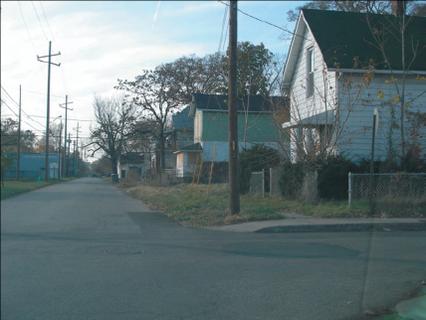Last week I had the honor of being one of seven smart growth types recruited by the American Institute of Architects to work with the city of Indianapolis and community residents on the model revitalization of a distressed urban neighborhood. Really a composite of two neighborhoods divided by an old rail corridor, the city’s Smart Growth Renewal District has experienced serious depopulation and industrial contamination (some 30 to 70 brownfields, depending on which report you read) over the past several decades. But it also has assets: a resilient population with a lot of heart, beginning pockets of revitalization here and there, and a good location not far from downtown.
That location could get even better if a light rail line under consideration to run alongside a popular recreational trail in the old corridor is approved, bringing one or more stops to the district. But there is a long way to go, and the community appears to be justified in some skepticism given past planning exercises that have come and gone with little result.
If you’ve read my writing before, chances are that you already know that I believe that thoughtful central-city redevelopment is the single best thing we can do for the environment. It is the antithesis of sprawl, the key to reducing carbon emissions, conserving the natural and working landscapes, improving fitness and public health, saving rural watersheds, and more. (Indianapolis, an extraordinarily sprawling and automobile-dependent city, especially needs the help; I’ll write more about that in a future post.)
So why aren’t my fellow environmentalists engaged in these discussions? We had over 200 people show up to our community meetings and speak with eloquence and passion. In the course of our time there, I met many local residents, city officials, politicians, developers, religious leaders, architects and planners, members of the press, and a large contingent of energetic faculty and students from Ball State University. But I didn’t meet a single representative of an environmental organization. That’s a shame.
Excerpted from today’s entry in my NRDC blog. Go here for the rest.





Comments